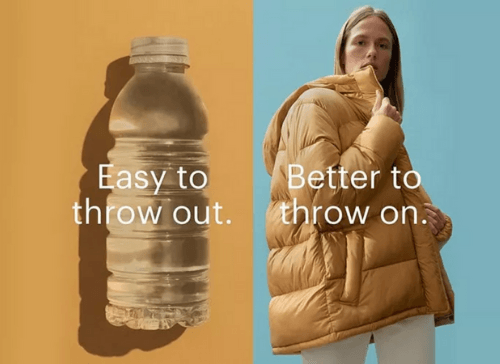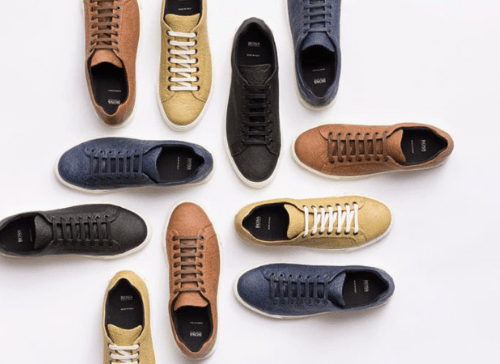Guest Blog | Key sustainability trends for 2019: what consumers expect from fashion brands
)
It is impossible to deny the impact of the fashion industry on the environment. More than 16 million tons of textile waste are generated each year in the United States alone, and the amount has doubled over the last 20 years, according to the US Environmental Protection Agency. In the UK, the Waste and Resources Action Programme (WRAP) estimates 140 million pounds worth of clothing end up in landfills every year.
Luckily, young consumers are becoming aware of the issue and adapting their consumption habits accordingly. Recent research by consultancy firm Deloitte revealed over 80 percent of Millennials across Australia, Canada, China, India, the UK and the US find it important for companies to behave ethically and take steps to diminish their environmental impact. Consumers aged 25-35 are projected to spend 150 billion US dollars on sustainable goods by 2021.
As more shoppers open their wallets for eco-friendly products, trend forecasting company WGSN has mapped the sustainable consumer trends most likely to gain traction in 2019. They were published in a report titled Sustainability and the Consumer 2019. Here are its main takeaways:

Campaign by American fashion brand Everlane
Several brands have accelerated messaging that highlights their environmental credentials, but they need to do walk the walk and not just talk the talk. Although 72 percent of companies mention UN’s Sustainable Development Goals (SDGs) in their annual reporting, only 27 percent actually include them in their business strategy, according to a study published in 2018 by PwC. “While awareness has increased, action still lags behind consumer sentiment”, says WGSN in its report. “The challenge for brands in 2019 will be maintaining trust and ensuring that they remain aligned with consumer expectation”.
According to WGSN, one way brands can ensure consumers continue to trust them is by doing more than just using recyclable materials, pushing the post-purchase responsibility on to the consumer. WGSN recommends brands to “explore opportunities that exceed expectations by targeting goals that reduce avoidable residual waste at source”. A few examples of companies already doing that: Adidas made headlines last year by pledging to use only recycled plastics by 2024, while H&M, Burberry and Marks & Spencer signed a global agreement to make sure 100 percent of their plastic packaging can be reused, recycled or composted by 2025.
Support locals
Consumers also expect companies to support local communities not only by manufacturing their products locally as much as they can, but also by setting up smaller, local projects which can create a network of replicable and scalable innovations. WGSN mentions the partnership between British fashion designer Bethany Williams, supermarket chain Tesco and the Vauxhall Food Bank as a good example. Tesco donates food items that food bank users can exchange unwanted clothes for. Williams then creates a collection using the donated garments, with 30 percent of profits invested back into the food bank. Another example: home decor giant Ikea teamed up with UK designer Tom Dixon to create a line of gardening tools, looking to encourage those living in urban areas to grow more food at home or establish local farming communities.
Right to repair
Many consumers are fed up with products that seem to have been designed not to last. Not only are they willing to pay more for higher quality, they are also looking for ways to expand product life. Therefore, brands that offer more durable clothing and encourage or even facilitate customers to repair their products instead of throwing them away are likely to grow in popularity, according to WGSN.
Zero waste
While they still form a minority of consumers, WGSN forecasts the zero waste movement to grow. An increasing number of people will make an effort to reduce waste as much as possible, with some even striving not to produce any waste at all. Expect more customers to refuse packaging or bags, bring their own containers to stores and turn to clothing rental services and secondhand shops for fashion.

Hugo Boss shoes made from Piñatex
Viable alternatives
Caring about the environment doesn’t mean letting go of style. Consumers still want to express themselves through their clothes, which is why they expect companies to offer sustainable alternatives to the materials they already know and love. Pineapple fiber instead of leather, hemp instead of cotton, kapok instead of petroleum-based fabrics… Companies using such sustainable textile innovations are likely to gain traction.
REGISTER TODAY APPLY FOR A STAND
Want to stay up-to-date on the latest developments in the fashion industry? Sign up for the FashionUnited newsletter!
Pictures: courtesy of Lenzing, Everlane Facebook, courtesy of Hugo Boss
